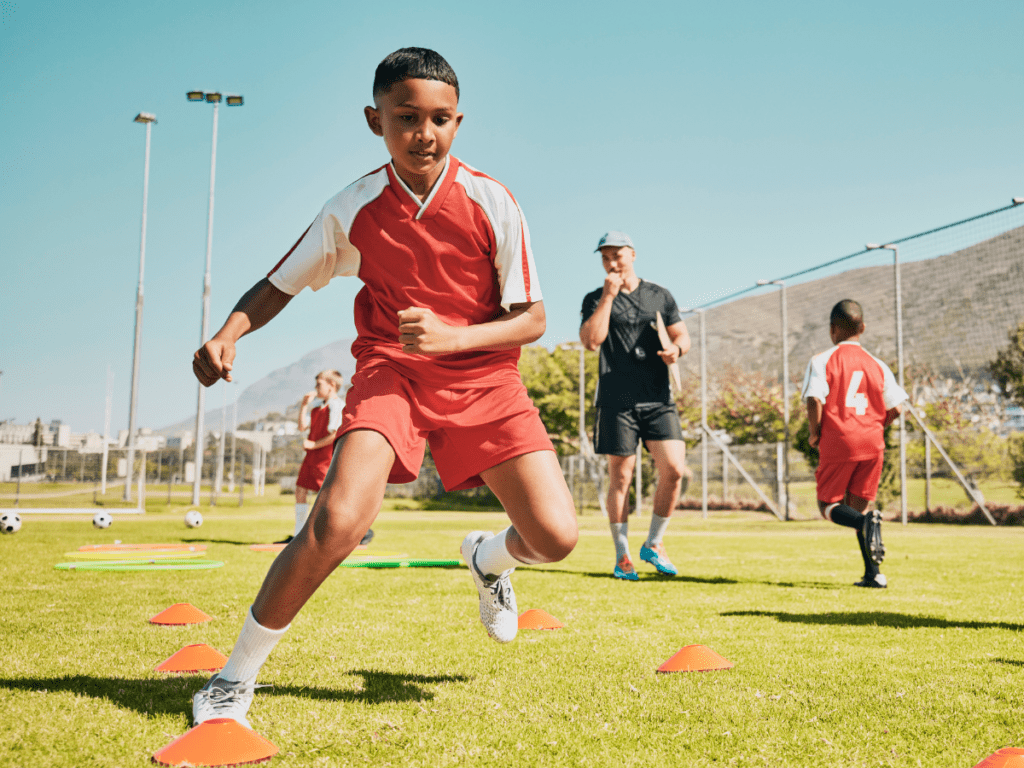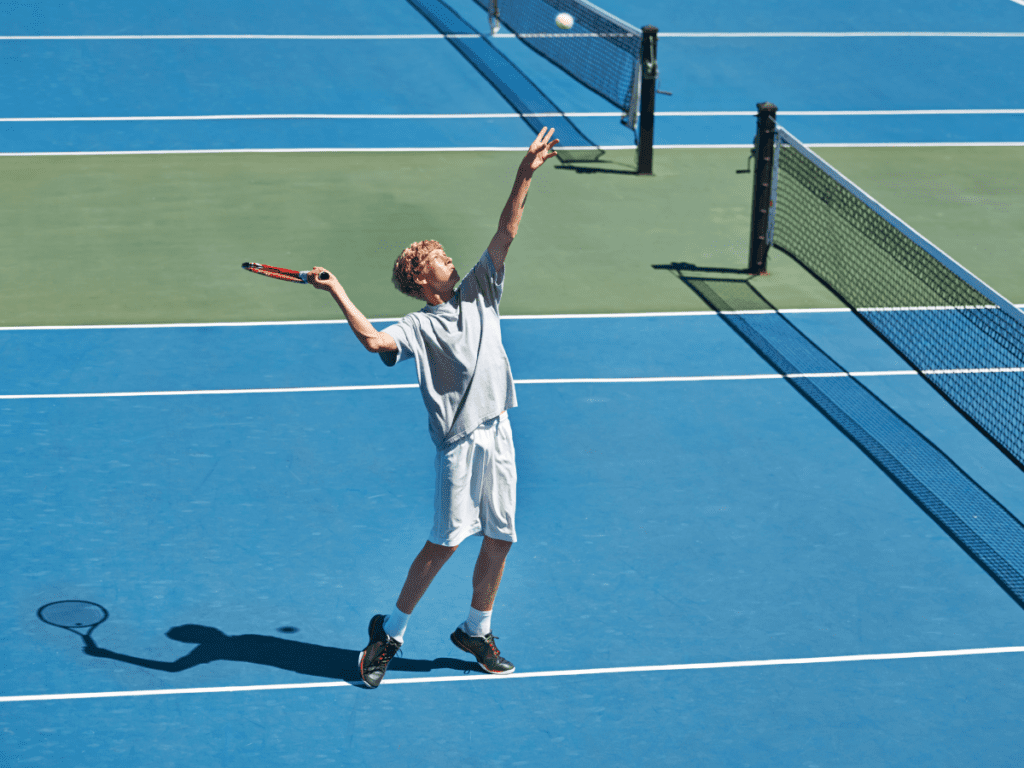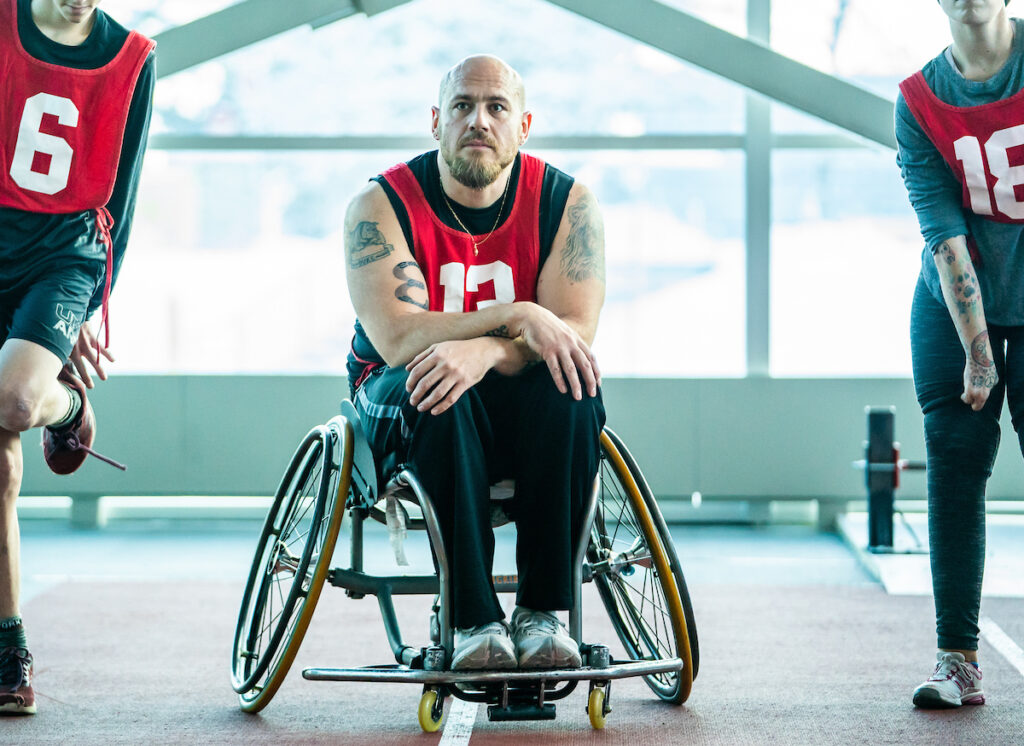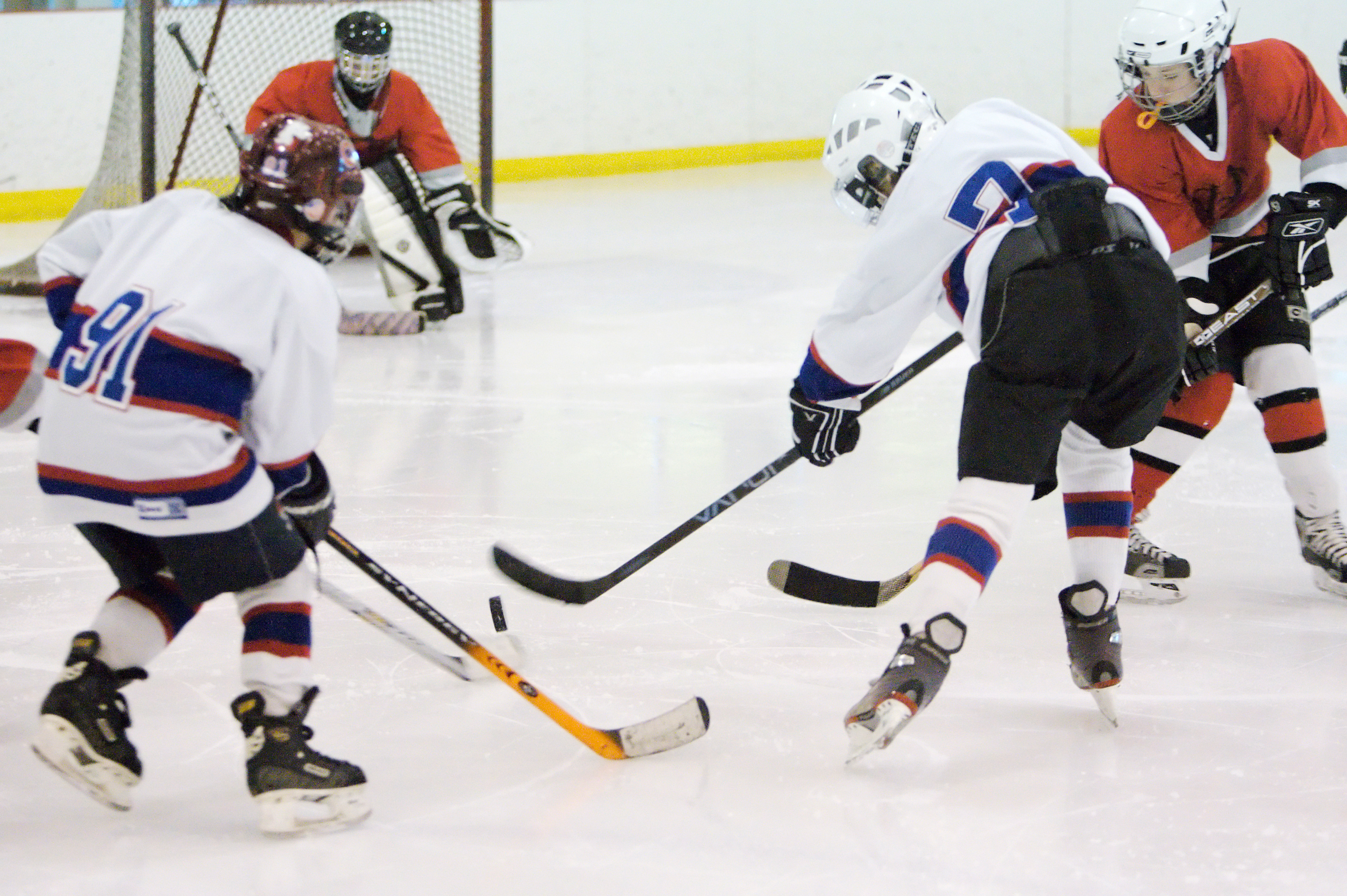Podium hopefuls
The upcoming Tokyo Games will provide a platform for Canadian athletes to shine. For many, their development path has not been a straight line from playground to podium. Learn about RBC Training Ground and Paralympian Search – two programs designed to support athlete development in Canada and help build the pipeline of future podium hopefuls.
To select, or not to select
Identifying and selecting athletes at a young age is a contentious practice in sport. Keeping as many athletes in the system for as long as possible means more chances at success, but resources are often limited, and at some point, difficult decisions need to be made. Learn more about the pros and cons of early…
For or Against? The Pros and Cons of Early Talent Identification in Sport

Early Talent Identification (TID) describes the process of identifying, evaluating and selecting athletes for sport programs in early adolescence (ages 10-14). This practice has created a contentious issue in sport. On one hand, early selection may eliminate late bloomers from the system. On the other, resources in sport programs are finite, and can only be…
The effects of adolescent physical growth and maturation on selection into sport and the long-term effects on sports participation

Project summary Sport Canada’s Long Term Athlete Development (LTAD) model acknowledges that there are limitations to ensuring appropriate development of team sports, especially with regards to selecting into chronological age (CA) bands. Adolescent of the same CA can be 4 to 5 years apart developmentally (Biological Age; BA). It’s suggested that late maturation could impede…
Athlete development pathways
The RBC Training Ground and Paralympic Search programs are designed to build the capacity of the Canadian sport system. This includes addressing gaps and roadblocks on athlete development pathways by creating new on-ramps for those not already engaged, and supporting transfer opportunities for existing exceptional athletes. It also involves building the skills of sport organizations…
Supporting Podium Dreams – Paralympian Search and RBC Training Ground

To support the identification and development of future Olympians and Paralympians, two Canadian programs have been developed to fuel the Canadian pipeline of future hopefuls. RBC Training Ground and the Canadian Paralympic Committee’s Paralympian Search are athlete identification programs designed to assess participant aptitudes in various sports, and connect athletes with sport opportunities and development…
Winter 2021 SIRCuit
The Winter 2021 SIRCuit is now available! For many, the new year presents an opportunity to set new goals, refine behaviours, or let go of something that is holding them back. This edition of the SIRCuit provides takes a deep dive into self-compassion, athlete identification, relative energy deficiency in sport (RED-S), engaging masters athletes, and social learning…
Exploring contemporary issues in Canadian youth hockey: Experiences and perspectives of peewee players and elite hockey insiders

Project Summary Hockey has a profound impact on the values, attitudes, and behaviours of Canadians (Earle, 2002; Gruneau & Whitson, 1993; Nixon, 1976). Youth hockey in Canada has been the target of much recent criticism, with attention being called to an increasingly aggressive and violent atmosphere (e.g., Ackery, et al., 2012; Loughead & Leith, 2001;…
Year 3
In an Olympic or Paralympic quadrennial, year three is often considered the most important – and with the 2020 Olympic and Paralympic Games in Tokyo on the horizon, 2019 promises “sizzling” performances across Canada’s summer sports. According to sports journalist Lori Ewing, “2019 marks a chance for athletes to gauge their performances against the best…
True Sport Selection Process
Two new True Sport resources are designed to help sport organizations put values at the centre of coach and player selection processes. The Coach Selection Process resource provides practical tools to support the identification of coaches that are committed to values-based sport. The Player Selection Process resource supports a selection approach that is designed to…